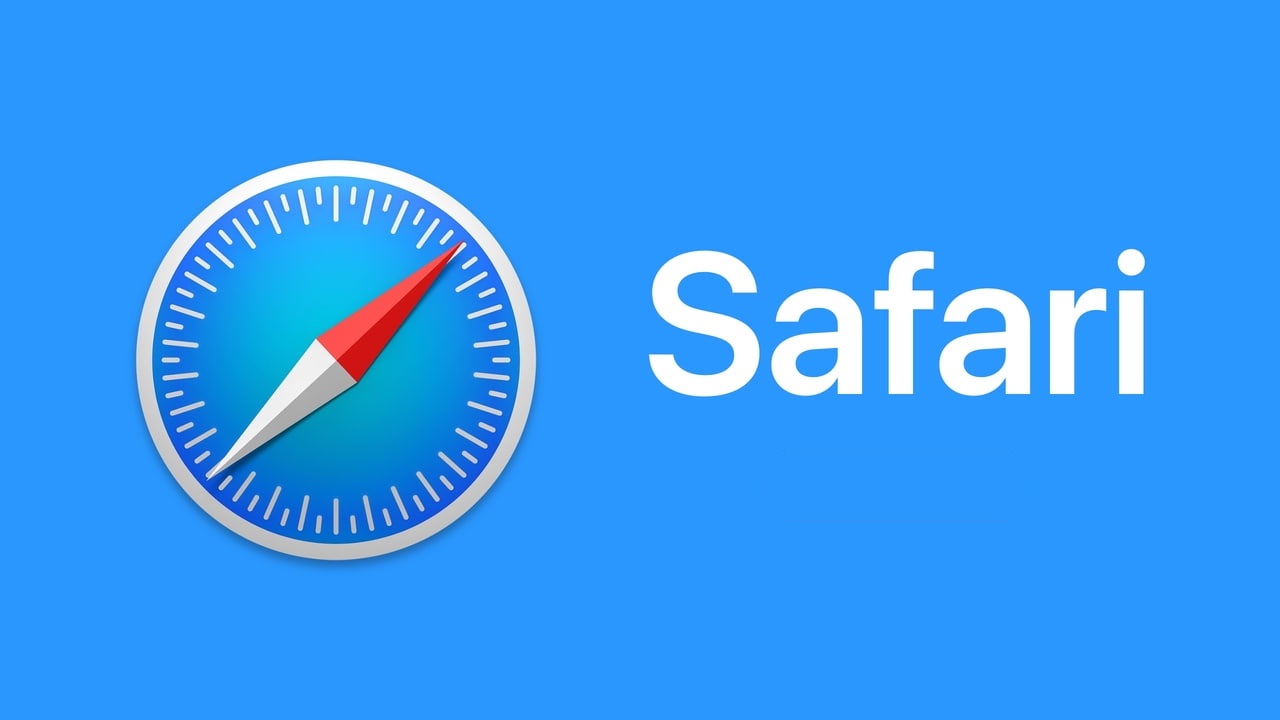With the iOS 18.4 update, Apple added a little change to Safari that might catch your eye. Now, when you open a new tab and tap the search bar, your recent searches show up right away. It’s a simple shift, but it could spark some mixed feelings.
In the earlier version, iOS 18.3.1, things worked differently. Opening a new tab and tapping search kept your history hidden, leaving you on the usual Safari start page. You wouldn’t see past searches unless you started typing something similar, and even then, it only popped up as a suggestion.
According to 9to5Mac, this new setup in iOS 18.4 could feel a bit awkward. Imagine handing your iPhone or iPad to a friend or family member to use Safari or another app—your recent searches would be right there for them to see. Not everyone might love that kind of openness.
On the flip side, if you’re someone who never shares your device, this could be handy. Seeing your latest searches with one tap might save time, especially if you look up the same things often. Plus, Apple still has Private Browsing mode, which keeps your searches off the record entirely.
Right now, iOS 18.4 doesn’t let you turn off this search history display. That said, Apple might tweak it before the update goes live for everyone, since it’s still in beta. If you want to wipe the slate clean, there’s always the “Clear All” button to erase your search history whenever you like. This small update shows how even tiny changes can make a difference—whether you find it helpful or a little too revealing depends on how you use your device!





